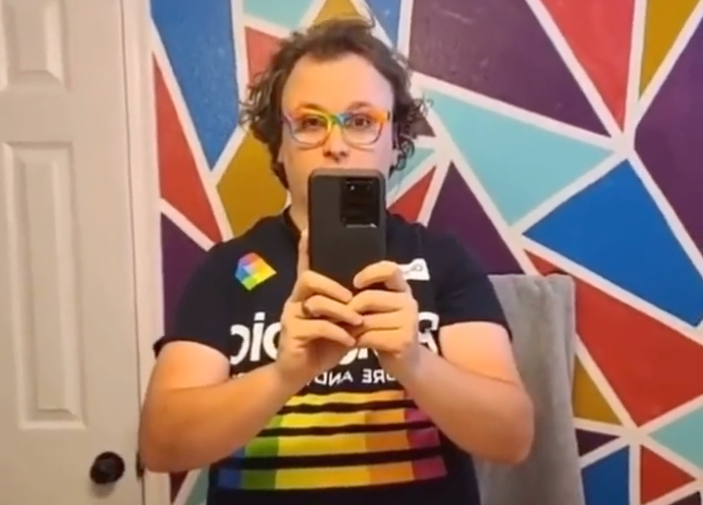Watch A Teacher Explain The Points System Used To Make Class More Inclusive
Inclusivity has made its way into every part of life. One teacher appears to have found a way to push inclusivity even further. The teacher begins by asking the simple question – “How do you make your classroom inclusive?” The answer, it seems, is to assign points based to students based on whether they meet inclusivity standards.

Inclusivity has made its way into every part of life. One teacher appears to have found a way to push inclusivity even further. The teacher begins by asking the simple question – “How do you make your classroom inclusive?” The answer, it seems, is to assign points based to students based on whether they meet inclusivity standards.
While the question does appear simple, the answer can actually be quite difficult to answer. What is important to note, as this teacher moves forward with his “making a classroom more inclusive” presentation, is the disclaimer – “Um, I’m not an expert…”
Here’s the video…
From there, he goes on to explain that when he first took his job as a teacher, he “had to be really strict.” He said when he first started, he had to deal with quite a few racist and homophobic comments. To combat that, he began to give daily participation points. Then, if you came into class with a homophobic, racist, or sexist comment or joke, he would simply take all points away for the day. He would not allow the student any wiggle room, they would lose all their daily points, “no questions asked, you just got zero.”
As he began to implement his new system, he does admit that he received the wrath of some parents as well as some students. Time, though, has a way of changing outlooks. According to this teacher, as time went on, the classroom culture began to change. The jokes and comments were fewer. In fact, he claims, kids who were not even in his class would come into his classroom for talks because they know how much he values who they are and for how much he has stood up for them as individuals.
The teacher feels it is something that has really worked for him in his classroom, but inclusivity can be fickle. Especially for those who are asking for it and wielding the “inclusive” power. This teacher’s goal was to root out the homophobic jokes, the racism, the sexist comments. By having no bend in his classroom rule, he set the tone for how students should act. He was not going to put up with any homophobic jokes whatsoever. So, why then, did he turn around and make jokes about those kids who made homophobic or racist jokes or sexist statements?
Sadly, this is where the power of the message is completely undermined. As the teacher says, “another thing you can do after you set up the [classroom] culture, you can make a joke about the people that makes those homophobic or racist or sexist statements.” He says to call out these students and ridicule them. It’s kind of like the “do as I say, not as I do” approach to being inclusive. The entire video can be seen here.
Unfortunately, the last 10 seconds or so of the teacher’s wonderfully caring “how to make a classroom inclusive” video caused a firestorm of social media response. On the “inclusive” meter, it was very one-sided. Some of the Twitter responses included:
And those were just the tip of the iceberg. It is hard sometimes to see the inclusive message through the muck. The above is only one example as to why parents are asking for more transparency when it comes to seeing a teacher’s full curriculum before the school year begins. It is also another reason parents are crying out for more school choices.







